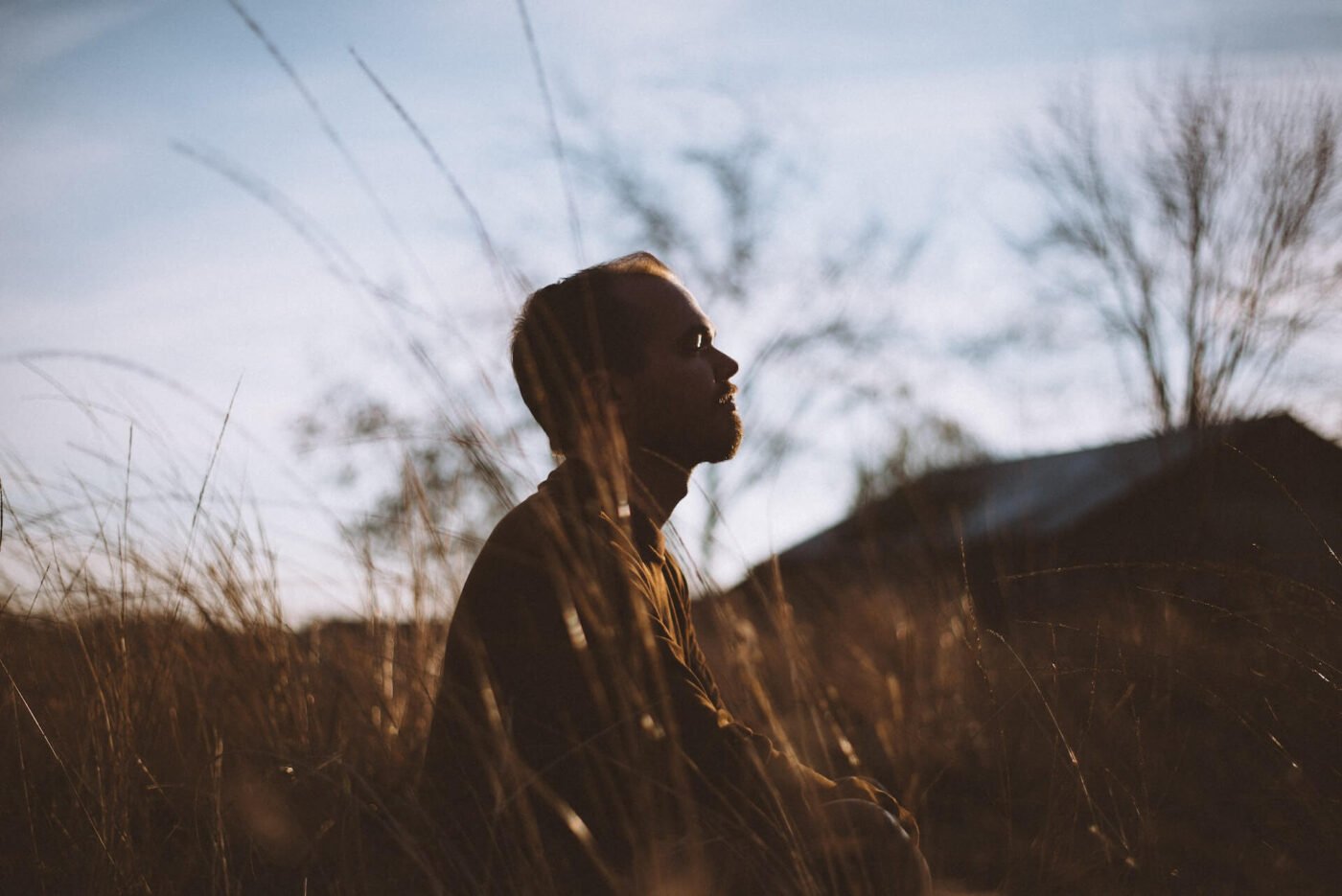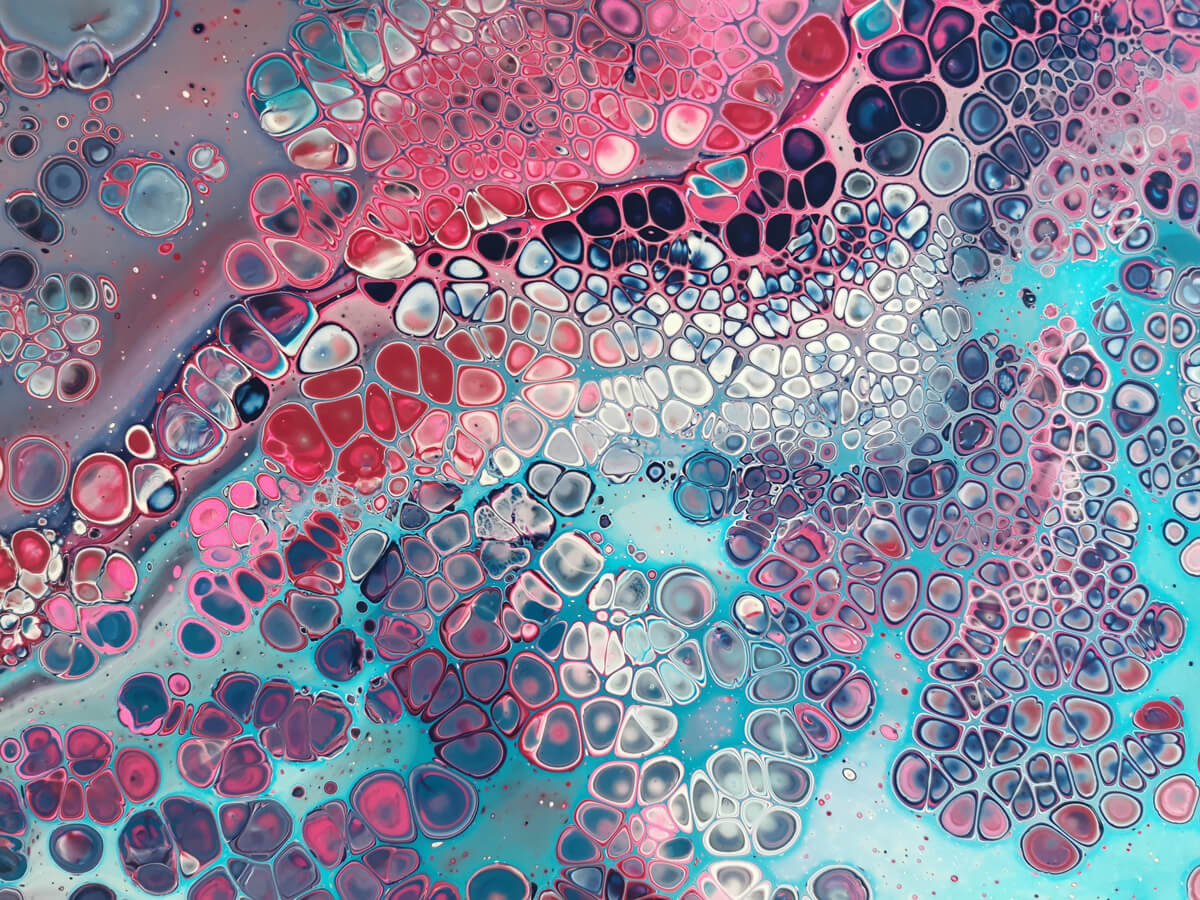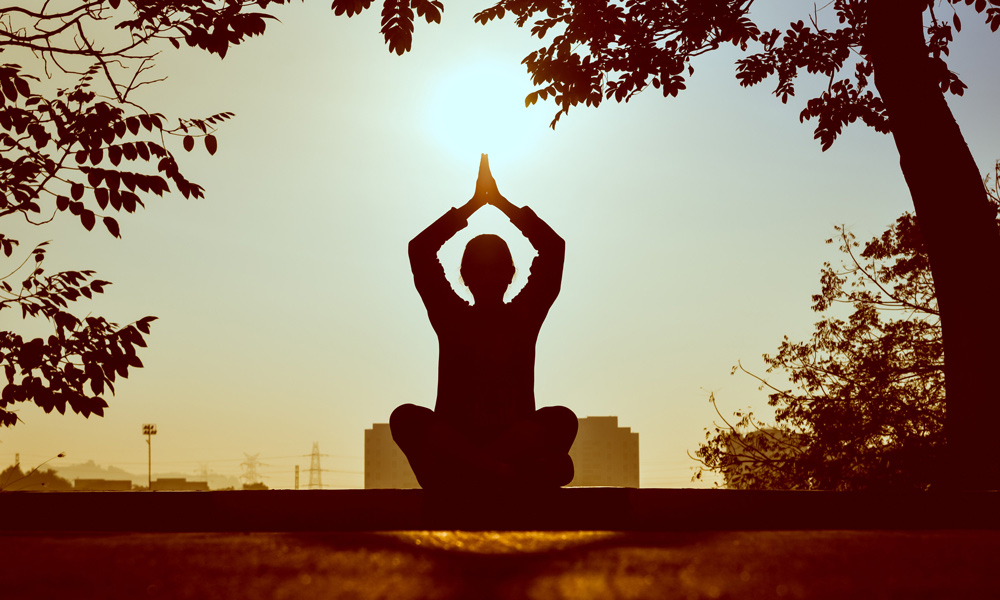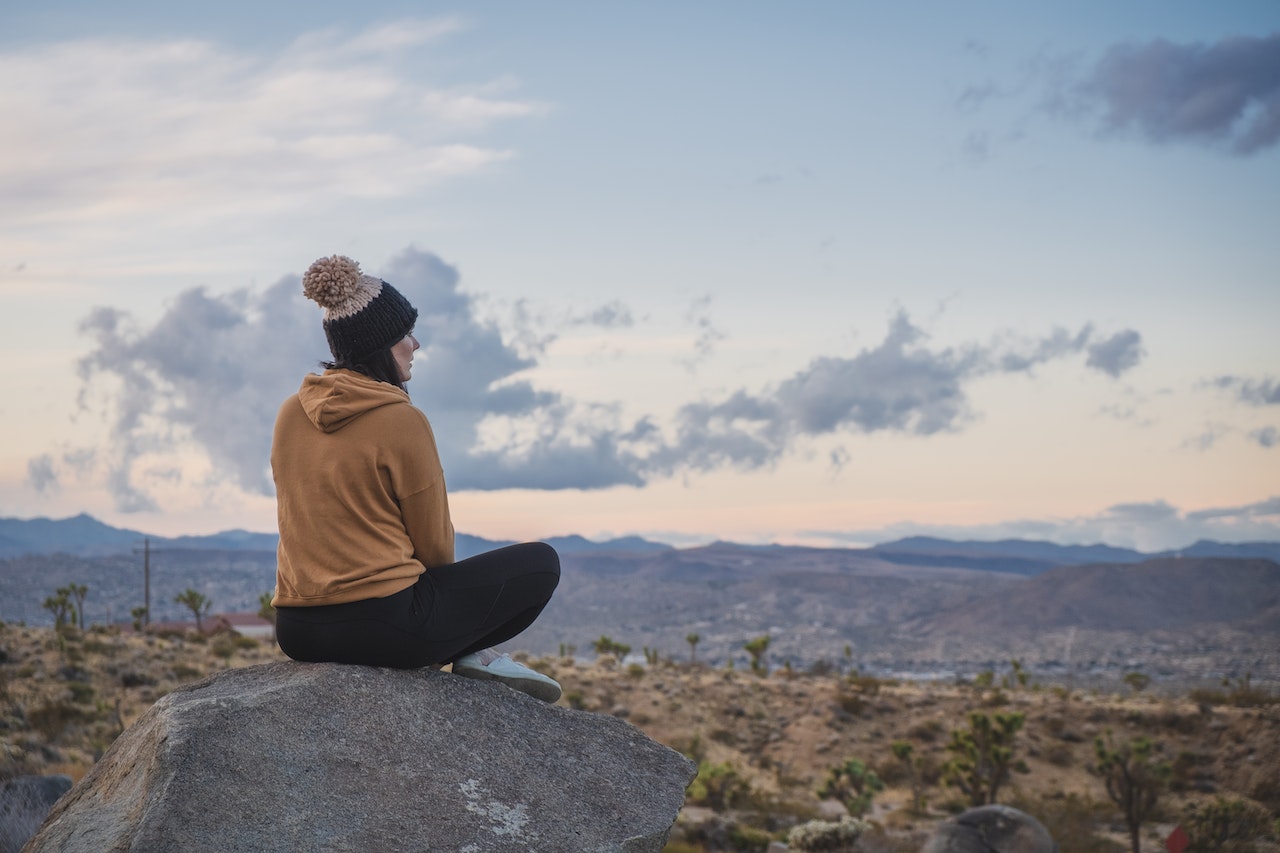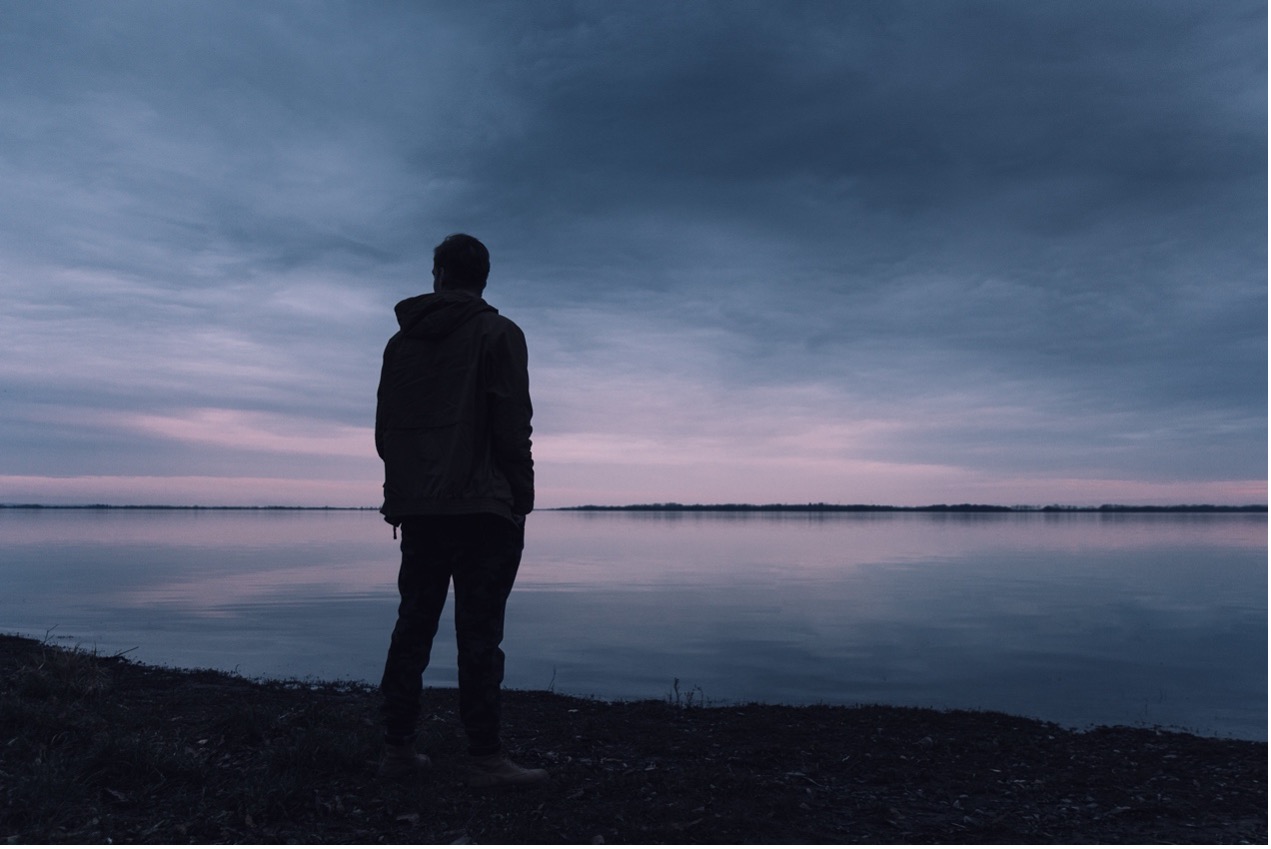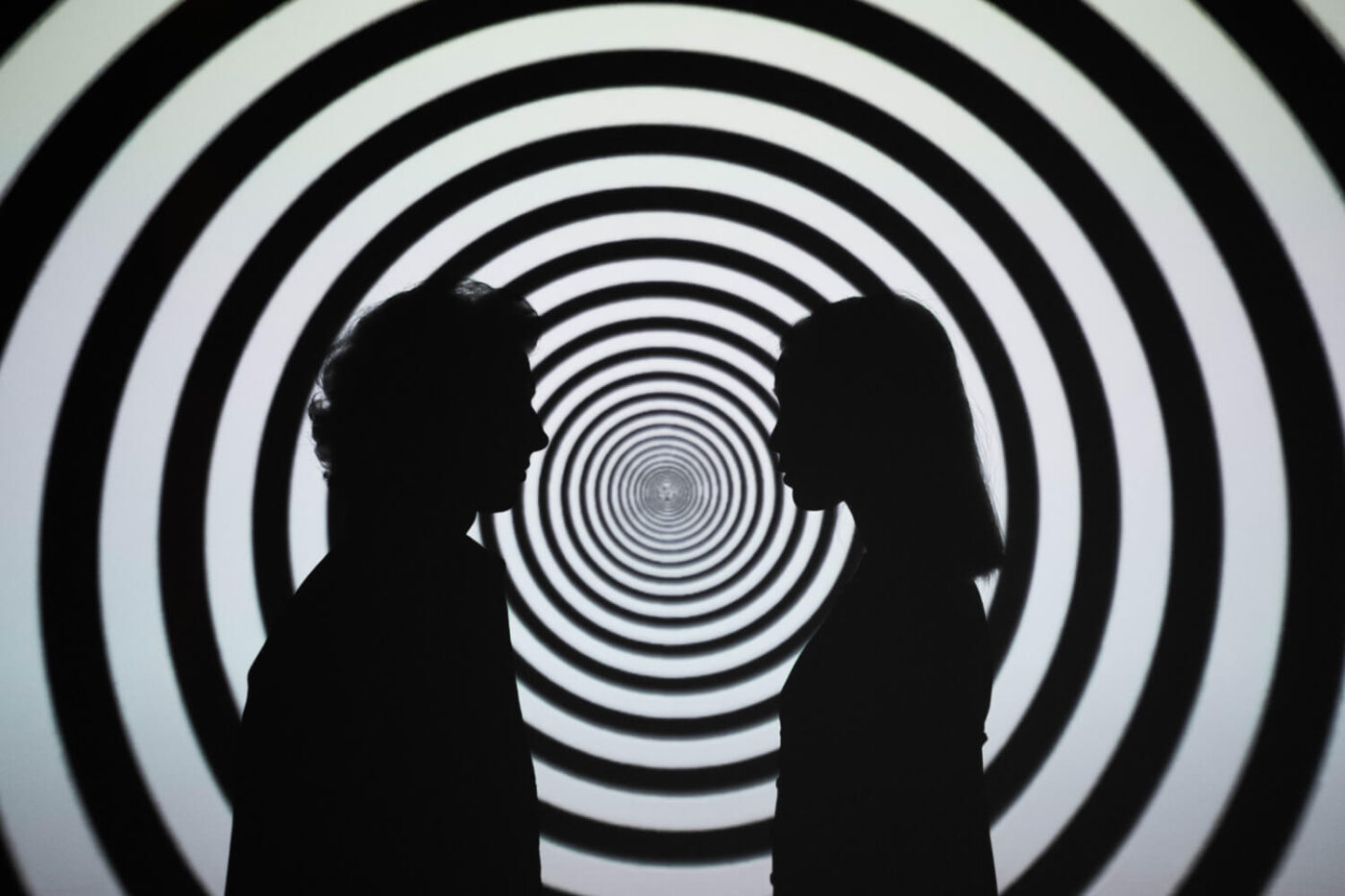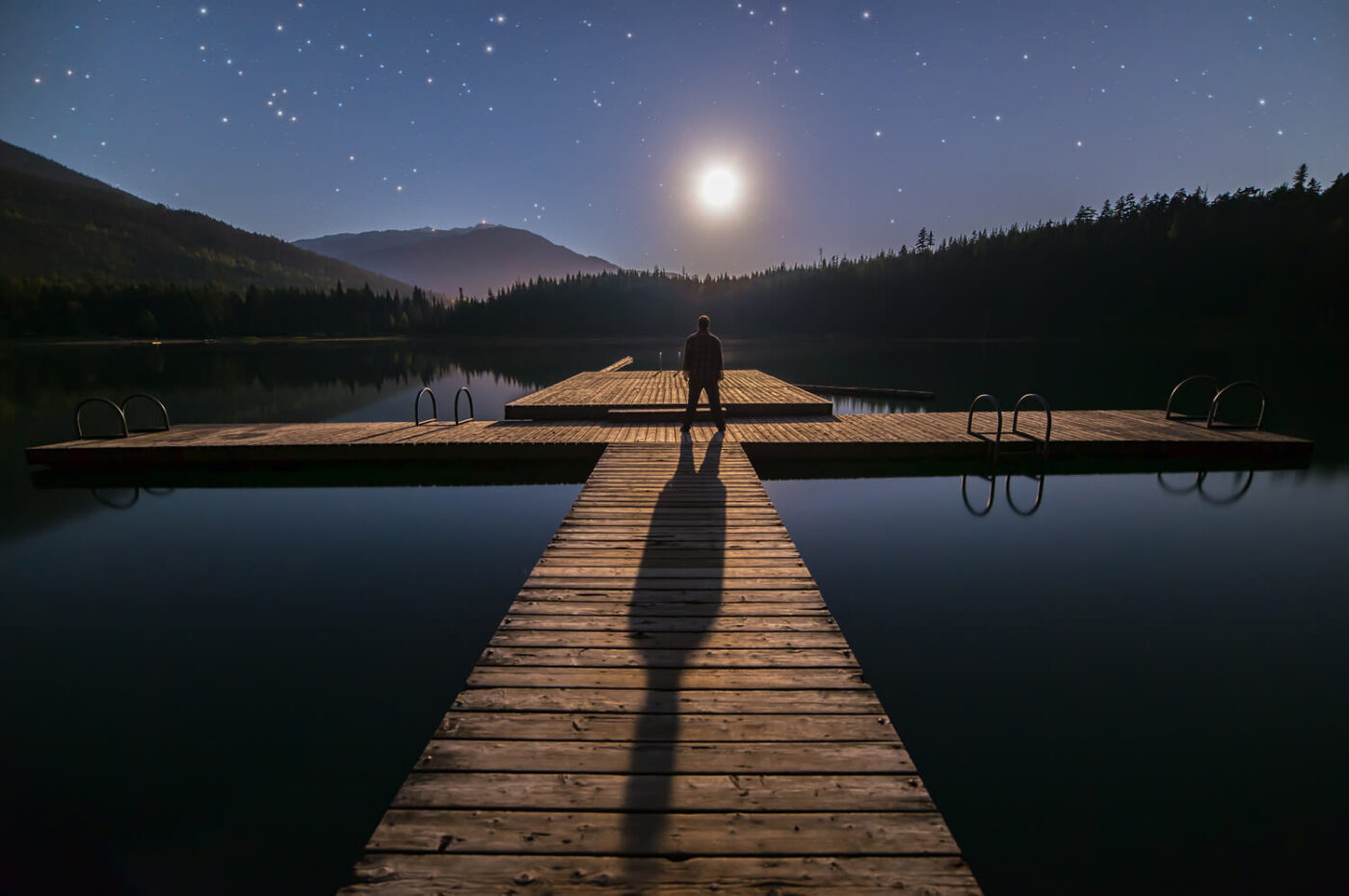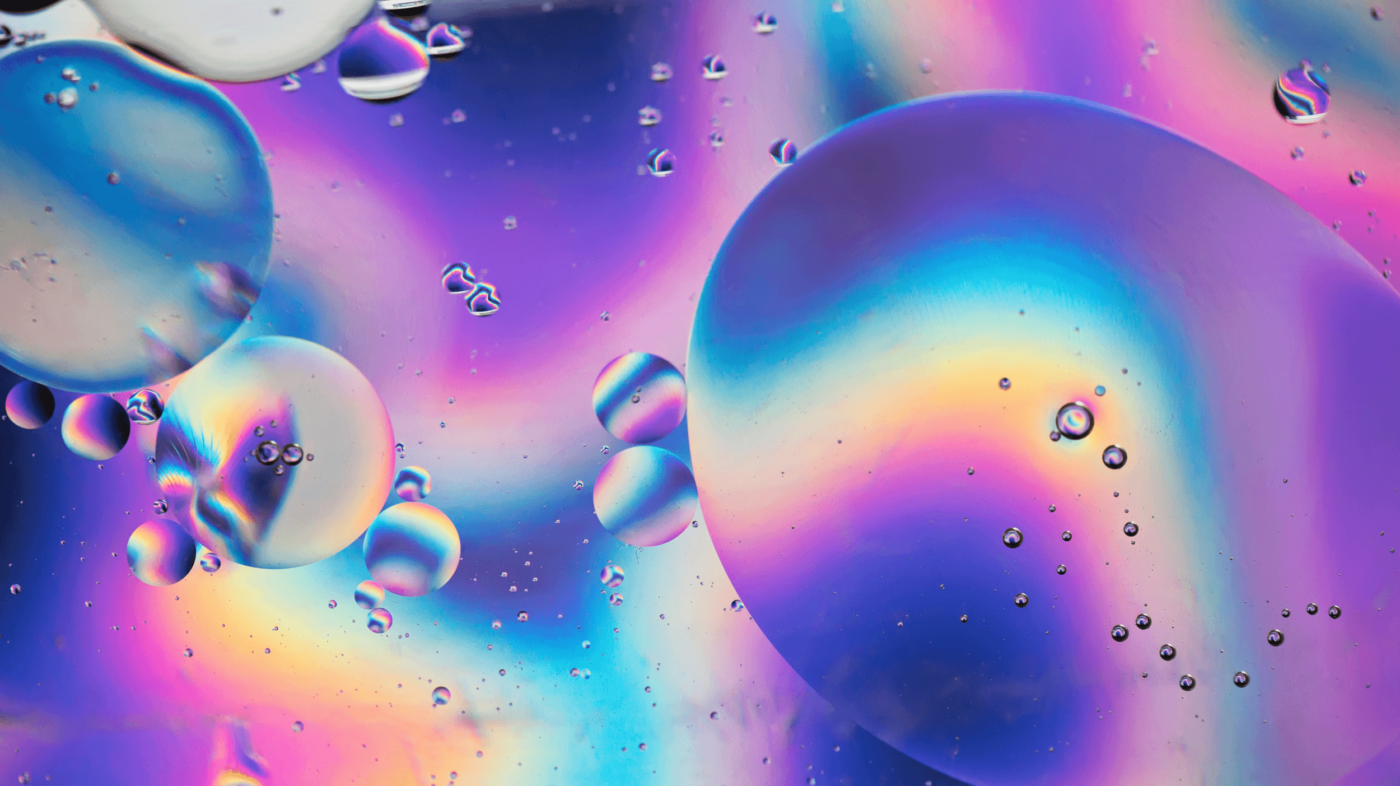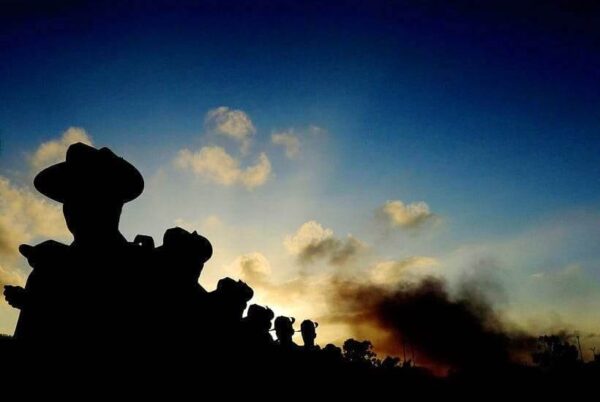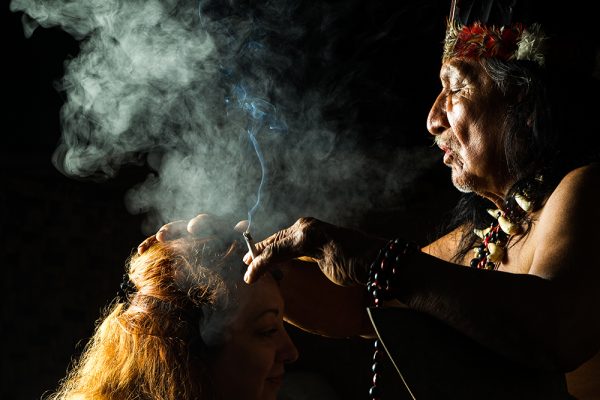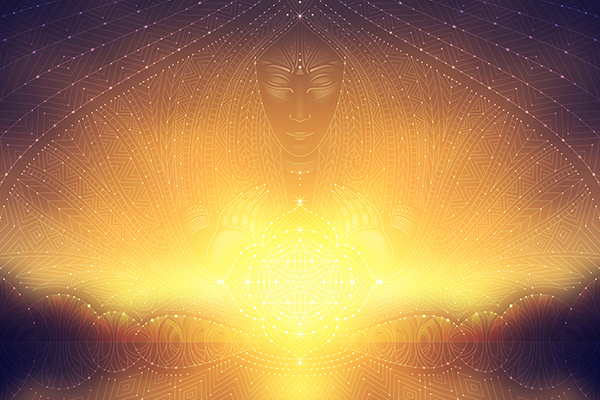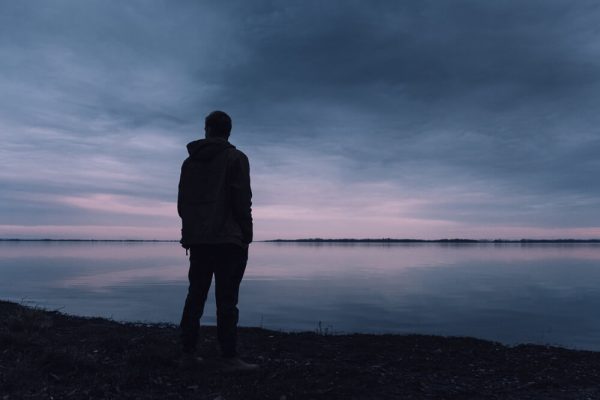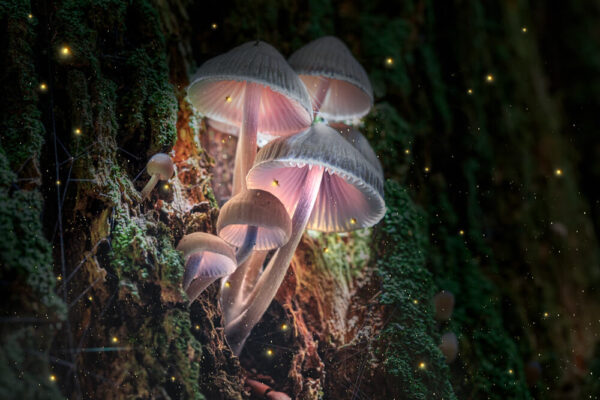
The Psychedelic experience is inherently intimate. These medicines are not passive, rather they demand that we pay intimate attention to our inner world, confront it and allow ourselves to be transformed. Many people that work with psychedelic medicines in more traditional settings speak of the medicines as personified beings that come and work directly with them at the deepest levels of their psyche; if that is not intimate then I don’t know what is! [1] In a more modern therapeutic setting, what does it mean to work in an intimate way with a medicine? How do we navigate the intimacy that these medicines evoke in the context of this re-emerging paradigm of healing in the West? [2] Below I share seven aspects of intimacy that are worth considering before embarking on your inward journey.
1. In the days before, hold your own energy close
In preparation for undertaking medicine work with Psychedelics participants are sometimes encouraged to not have sex in the days leading up [3]. As a Sexologist and Relationship Counsellor, there are a few reasons why this makes sense. During sex we merge our energy with another person and the oxytocin (bonding neurotransmitter) that is released in the brain afterwards drives us to want to be with that person (preferably wrapped up in a cuddle with them and not facing the world) [4]. The psychedelic experience is a journey out of the safety of our usual relational containers and into the unknown, so it can be a good idea to start that separation gently and in advance. Secondly, during orgasm energy is released outwards which is the reason we can feel so relaxed after orgasm [5]. Holding onto this energy for a few days (including refraining from self-pleasure) can ensure that you have lots of energy to get you through the medicine work, and lots of energy that can fuel the content of your psychedelic journey [6]. Taking this further, prepare in the days before Psychedelic Therapy by not dissipating your energy via news, social media and other people’s opinions or issues. Hold yourself close and spend time alone in nature, eat nourishing and gentle foods and take some time to reflect on what is currently present for you at a deep level.
2. Preparation with your therapist or sitter
Most of the studies since the 1990s utilising Psychedelic Assisted Therapy have used two therapists or sitters [7]. This is preferable as it is such an intimate space to share, even if there is no touch and very little speaking. Touch is rarely utilised in modern counselling sessions, even giving a counselling client a hug at the end of a session can be taboo [8]. There are very good reasons for this- the intimacy and vulnerability that is created in therapy has been taken advantage of in the past [9]. People who have backgrounds of sexual assault, abuse and other types of trauma can find it hard to articulate their needs around touch and may go into a traumatic freeze response if it is initiated [10]. A discussion about touch is therefore crucial and must be approached with the highest level of integrity, clarity and openness. Psychedelic experiences differ greatly from one hour counselling sessions and there are times when you may want to reach out for a caring hand to hold, or where your therapist or sitter may feel compelled to place a reassuring hand on your shoulder. In order to ensure this is safe and welcomed, it is encouraged to practice before hand with your sitter or therapist what touch will be like during the Psychedelic experience and negotiate how you might navigate it within the session, limited to holding of a hand or a comforting hand on the shoulder.
3. Sensuality and Arousal During the Psychedelic Experience
The Psychedelic experience is as varied as people who have taken these journeys, and yet there are some common themes and similar things people go through [11]. Feelings of blissful rapture to intense fear and everything in between are reported; but with the presence of a therapist or sitter and good integration, even the most difficult of times can be extremely beneficial [12] [13]. People regularly feel a deep sense of compassion and love for themselves where before they were not able to access any caring or kind self-sentiments [14]. Pleasure and sensual sensations can flow through the body as energy is unlocked and moved. Arousal may be felt and like anything else that comes up in session, is to be allowed [15]. Using anger as an analogy; if anger arises in the session, then it is advised to let yourself experience this. Be with it, see what is there with an attitude of curiosity and go with it, you will not be at risk of acting it out in a harmful way. In a similar vein, do not be afraid of experiencing arousal in session, if it arises just let it be there. Despite stigma, it is extremely rare for psychedelics to render someone totally unaware of what they are doing, and your therapist or sitter is trained to support you graciously through anything that happens.
4. Healing Relational Wounds through Psychedelic Medicine
People say that Psychedelics have helped them to go towards difficult emotions they have regarding people that have hurt them, [16] or to work through grief for people no longer in their lives. Others have a sense of being with people who have died in a way that gives them comfort and understanding that they weren’t aware of before [17].
The relationship with your therapist or sitter and feeling them there with you in the Psychedelic experience is a major part of the healing process. Most traumatic experiences are relational wounds. Another person has caused harm, people who were meant to love and protect did not, people who you turned to for help dismissed or shamed you. To heal these experiences within the Psychedelic session (if they come up), we need to feel the presence of our sitter or therapist as a deeply compassionate and non-judgemental witness. [18]. We bathe in the sense that this time you will not be left by yourself to cope. This time someone is there to hold your hand through the fear, shame or self-blame.
This time, we are not alone.
Sometimes the therapist or the sitter becomes a proxy for a parental figure or another important person. Internally the person journeying can project these qualities onto them, in what is called transference by counsellors. In this context it is not a negative process, the therapist or sitter may not have an exact understand of what is happening, but healing can occur through this mechanism if the therapist or sitter remains present, compassionate and supportive [19].

5. Intimacy with Everything
One of the hypotheses in understanding why Psilocybin is of such benefit for people who are facing the existential angst of imminent death through a terminal illness is that it regularly provides people with a sense that they are an intimate and loved part of the whole. People who have gone through these studies commonly say things to the effect of ‘I felt at One with everything’ or “I somehow knew that I am loved and always will be”. This deeply intimate experience transcends individual relationships and tends to stay with people as a deep knowing. Many people also come out of a psychedelic experience holding a sense of connectedness with all of nature [20]. With good integration these feelings of knowing can become a healing panacea in times of fear and doubt.
6. Holding the experience intimately afterwards
When we experience something that was either glorious or extraordinarily difficult, we are compelled to speak of it, often over and over to integrate and process what we just went through. While the speaking of an experience does create a sense of narrativizing it into an experience that can be remembered rather than something we are still going through- it is not advised straight after Psychedelic medicine work. Even if the work was done within a legal research study and therefore it is safe to talk about, there is something about telling it to everyone that can water it down. Probably the most common attribute in people describing their journey is the sentiment ‘It’s hard to explain”. In trying to squash the experience into words too quickly we can lose some of the healing benefits that lie within which cannot be easily described and may be more of a felt sense [21]. Ideally stick to some gentle sharing of how you are straight after with your therapist or sitter, then come back the next day to slowly start discussing your process. Integration groups are also wonderful safe spaces to talk about your experience [22]. Just be mindful that your unfathomable realisations or explorations to the darkest depth of your soul may not be easily understood by your family or friends, so spend some time thinking about what and how much is most helpful to share.
7. Coming back to intimacy with loved ones
The person who left the family, friendship group or relationship to do Psychedelic medicine work is not necessarily the person who returns [23]. We often want our loved ones to “Get It!”. We have woken up to something new and special and naturally want the same for the people we care about. However, utilising the mantra ‘softly, slowly’ is crucial. Your loved ones may not have a context in which to frame or understand what you are talking about. They may feel scared that this new you may no longer value the relationship you have with them. These understandable insecurities can make it feel like they are not supportive of you but go gently with them and give them time to adjust to potentially new dynamics as you integrate what you have experienced into daily life. Reassure them and ask explicitly for what you need; a cuddle? Some quiet time together? Some time by yourself to journal or meditate? [24]. And try not to neglect your relationships, it can be thrilling to experience and learn a new way of being in the world, be sure to share this (gently) with those you love. The move from feeling disconnected to a sense of connection is one of the change agents in psychedelic therapy [25]. Be sure to take advantage of this potential shift and step into community spaces that feel like they are a good match and are safe. Healing is ultimately experienced through the power of our relationships and not something we can do alone. [26].
References:
1. Goldstein, R. (2021). Ayahuasca and Arabidopsis: The Philosopher Plant and the Scientist’s Specimen. Ethnos, 86 (2). 245-272.
2. Nichols, D., Johnson, M. and Nichols, C. (2017). Psychedelics as medicines: An emerging new paradigm. Clinical pharmacology and therapeutics, 101 (2) 209-219.
3. Orsolini, L., Chiappini, S., Papanti, D., Latini, R., Volpe, U., Fornaro, M., Tomasetti, C., Vellante, F. and De Berardis, D. (2020). How does ayahuasca work from a psychiatric perspective? Pros and cons of the entheogenic therapy. Human psychopharmacology, 35 (3) e2728
4. Behnia, B., Heinrichs, M., Bergmann, W., Jung, S., Germann, J., Schedlowski, M., Hartmann, U. and Kruger, T. (2014). Differential effects of intranasal oxytocin on sexual experiences and partner interactions in couples. Hormones and behavior, 65 (3) 308-318
5. Sewell, K. W. (2005). The experience cycle and the sexual response cycle: Conceptualisation and application to sexual dysfunctions. Journal of Constructivist Psychology, 18 (1), 3–13.
6. Mike L. & Elena A. (2011) Tantric orgasm: beyond Masters and Johnson, Sexual and Relationship Therapy, 26:4, 389-402
7. Pilecki, B., Luoma, J., Bathje, G., Rhea, J. and Narloch, V. (2021) Ethical and legal issues in psychedelic harm reduction and integration therapy. Harm Reduction Journal. 18.
8. Harrison, C., Jones, R. and Huws (2012). We’re people who don’t touch”: Exploring clinical psychologists’ perspectives on their use of touch in therapy. Counselling psychology quarterly. 25 (3) 277-287.
9. McNulty, N., Ogden, J. & Warren F. (2013). ‘Neutralizing the Patient’: Therapists’ Accounts of Sexual Boundary Violations. Clinical psychology and psychotherapy. 20 (3). 189-198
10. Lloyd, C., Lanius, R., Brown, M., Neufeld, R., Frewen, P., McKinnon, M. (2019) Assessing Post-Traumatic Tonic Immobility Responses: The Scale for Tonic Immobility Occurring Post-Trauma. Chronic stress. 3. 2470547018822492-2470547018822492
11. Breeksema, J. Niemeijer, A, Krediet, E., Vermetten, E. and Schoevers, R. (2020). Psychedelic Treatments for Psychiatric Disorders: A Systematic Review and Thematic Synthesis of Patient Experiences in Qualitative Studies. CNS drugs. 34 (9). 925-946
12. Carbonaro, T., Bradstreet, M., Barrett, F. MacLean, K., Jesse, R., Johnson, M. et al. (2016). Survey study of challenging experiences after ingesting psilocybin mushrooms: acute and enduring positive and negative consequences. Journal of. Psychopharmacology. 30, 1268–1278.
13. Barrett, F., Bradstreet, M., Leoutsakos, J. Johnson, M. and Griffiths, R. (2016). The Challenging Experience Questionnaire: Characterization of challenging experiences with psilocybin mushrooms. Journal of psychopharmacology 30 (12) 1279-1295.
14. Stansbury, K. (2019). The Influence of Psychedelic Induced Ego-Dissolution on Self-Compassion. ProQuest Dissertations Publishing.
15. Carhart-Harris, R., Erritzoe, D., Haijen, E., Kaelen, M. and Watts, R. (2018). Psychedelics and connectedness. Psychopharmacology. 235, (2) 547-550.
16. Roseman, L., Haijen, E., Idialu-Ikato, K., Kaelen, M., Watts, R. and Carhart-Harris, R. (2019). Emotional breakthrough and psychedelics: Validation of the Emotional Breakthrough Inventory. Journal of psychopharmacology. 33 (9) 1076-1087
17. González, D., Cantillo, J., Pérez, I., Farré, M., Feilding, A., Obiols, J. and Bouso, J
(2020). Therapeutic potential of ayahuasca in grief: a prospective, observational study. Psychopharmacology (4). 1171-1182
18. Phelps, J., Anthony P. and Grob, C. (2017). Developing Guidelines and Competencies for the Training of Psychedelic Therapists. The Journal of humanistic psychology. 57 (5), 450-487
19. Taylor, K. (1997). Ethical caring in psychedelic work. Newsletter of the Multidisciplinary Association for the psychedelic studies. 7 (3) 6-30
20. Kettner, H., Gandy, S., Haijen, E. and Carhart-Harris, R. (2019). From Egoism to Ecoism: Psychedelics Increase Nature Relatedness in a State-Mediated and Context-Dependent Manner. International journal of environmental research and public health. 16 (24). 5147
21. Noorani, T. (2019). Sciencing the mystical: the trickery of the psychedelic trip report. New writing 16 (4). 440-443
22. Trope, A., Anderson, B., Hooker, A., Glick, G., Stauffer, C. and Woolley, J. (2019). Psychedelic-Assisted Group Therapy: A Systematic Review. Journal of psychoactive drugs, 51 (2). 174-188
23. Nour, M., Evans, L. and Carhart-Harris, R. (2017). Psychedelics, Personality and Political Perspectives. Journal of psychoactive drugs. 49 (3). 182-191
24. Gorman, I., Nielson, E., Molinar, A., Cassidy, K. and Sabbagh, J. (2021). Psychedelic Harm Reduction and Integration: A Transtheoretical Model for Clinical Practice. Frontiers in psychology. 12. 645246-645246
25. Watts, R., Day, C., Krzanowski, J., Nutt, D., Carhart-Harris, R., Anthony P. and Grob, C. (2017). Patients’ Accounts of Increased “Connectedness” and “Acceptance” After Psilocybin for Treatment-Resistant Depression. The Journal of humanistic psychology, 57 (5). 520-564
26. Zender, R., Olshansky, E. and Groer, M. (2012). The Biology of Caring: Researching the Healing Effects of Stress Response Regulation Through Relational Engagement. Biological research for nursing. 14 (4). 419-430
